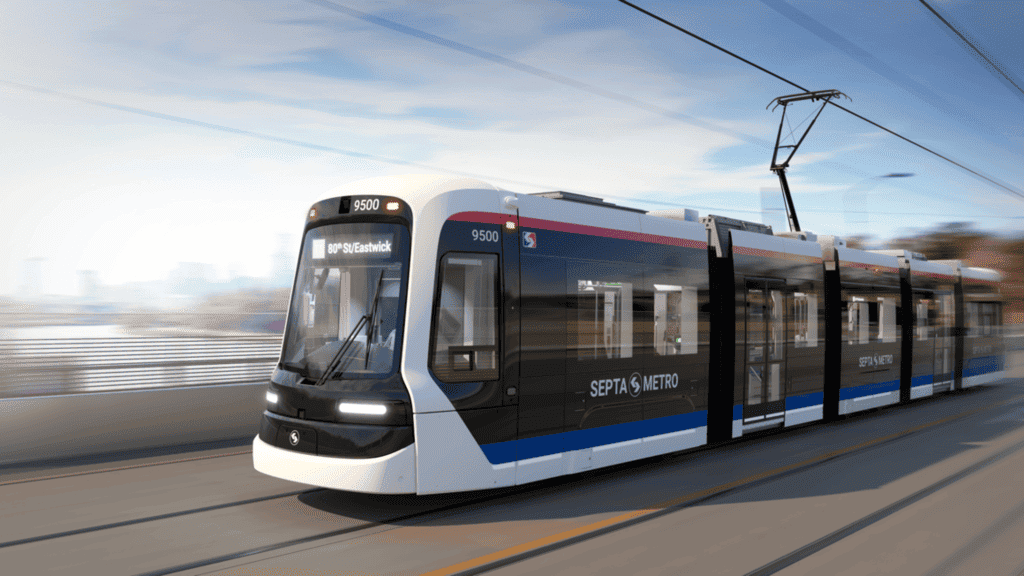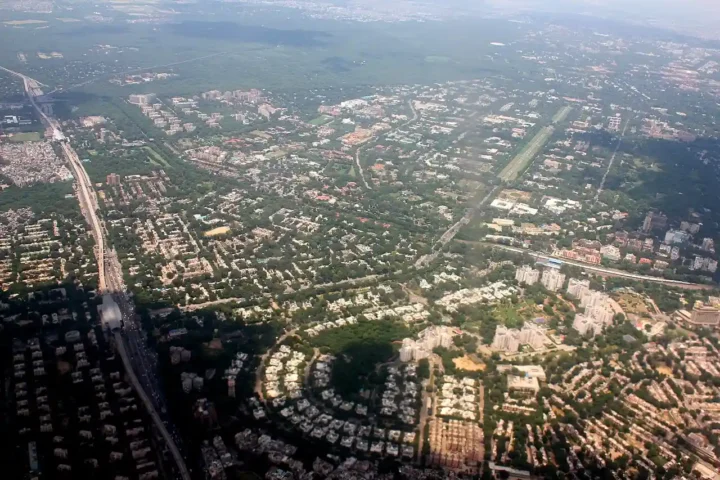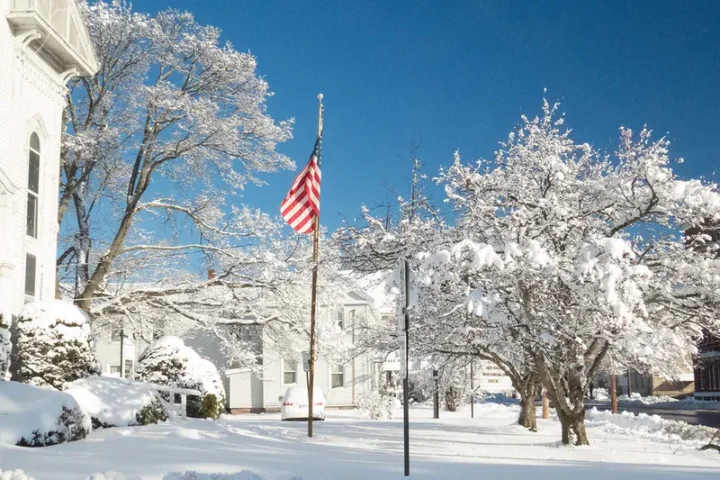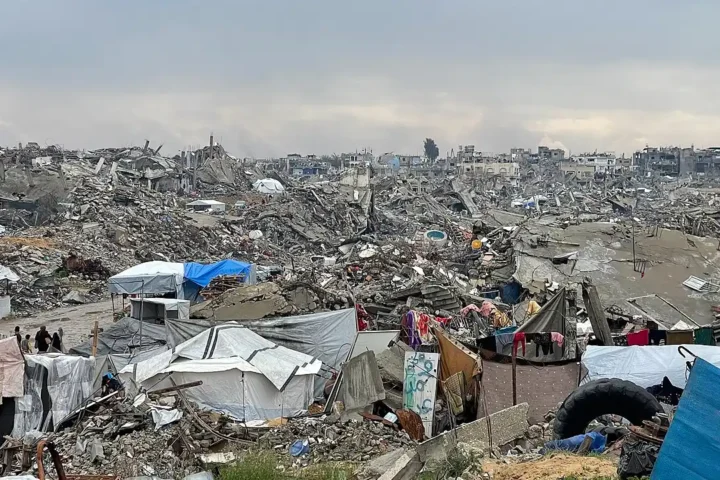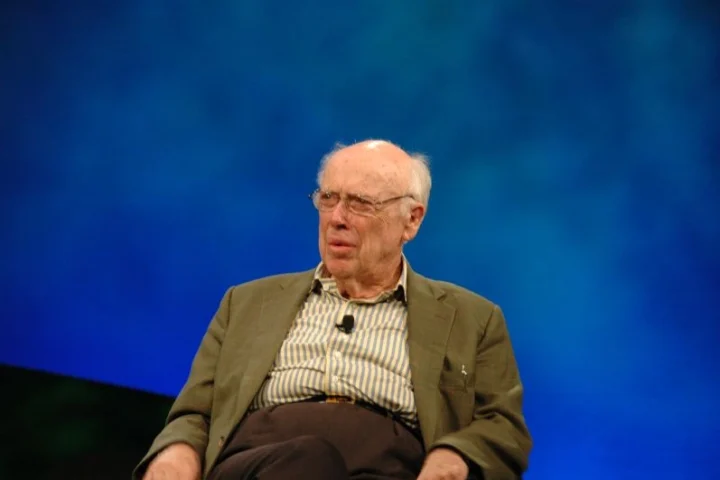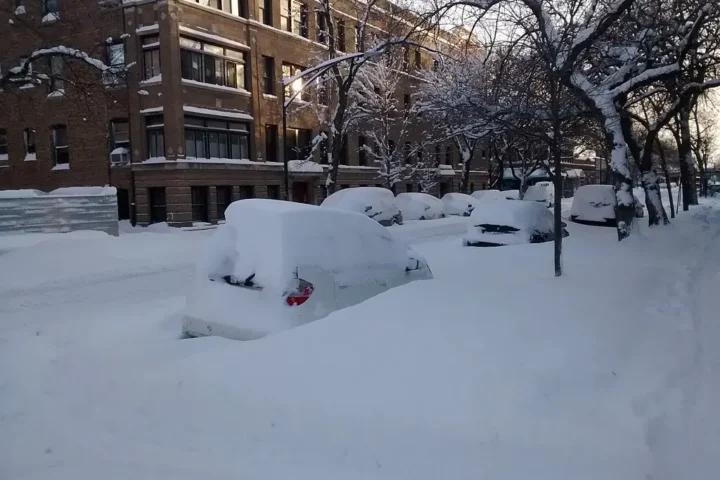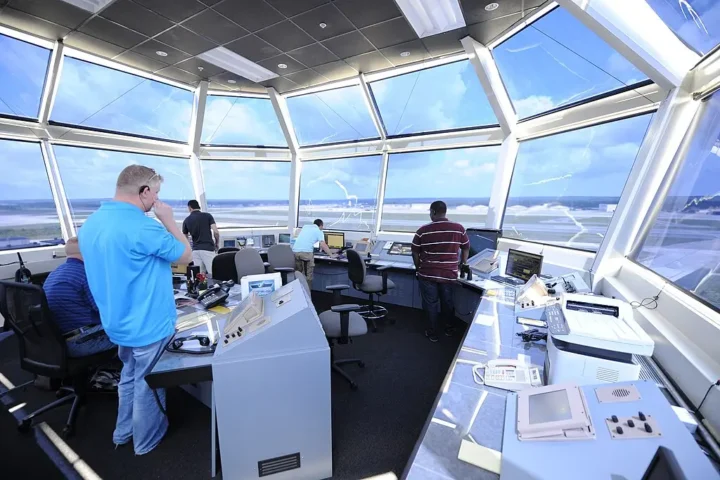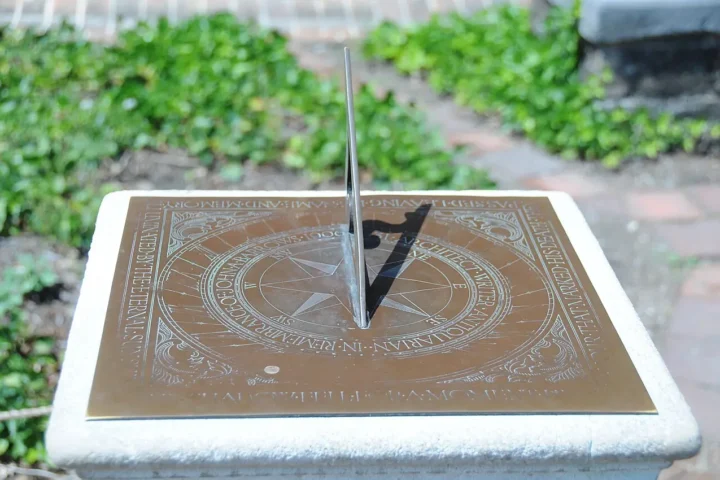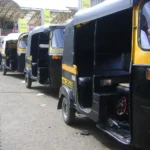Philadelphia’s 130-year-old trolley system is getting a major upgrade. SEPTA (Southeastern Pennsylvania Transportation Authority) has partnered with rail manufacturer Alstom to replace the city’s aging streetcars with modern Citadis vehicles. The $714 million project will deliver 130 new streetcars, with an option for 30 more.
The current fleet of Kawasaki streetcars has been running since the early 1980s – about 40 years – and lacks modern accessibility features. The new Citadis streetcars will be fully accessible with 100% low floors, making boarding easier for everyone, especially people with disabilities, seniors, and families with strollers.
Project Timeline and Progress
The project officially began on May 31, 2023, and has completed about two-thirds of its design phase. A cab mock-up arrived in Philadelphia in March 2025 for stakeholder evaluation. Manufacturing is set to begin in 2026 at Alstom’s facility in Hornell, New York, with the first streetcars expected to arrive in Philadelphia in 2027. The complete fleet should be in service by the end of 2030.
“SEPTA is committed to ensuring our trolleys meet the needs of all riders – people with disabilities, seniors, families with small children, new users, and anyone who needs a little more help to get where they are going,” said Leslie S. Richards, SEPTA General Manager and CEO.
Technical Challenges
One major challenge is adapting modern light rail vehicles to Philadelphia’s Pennsylvania broad gauge tracks – an uncommon width in today’s light rail systems. This requires specialized engineering to integrate new vehicles into the old network.
The project goes beyond just replacing vehicles. It includes building new accessible stations, modernizing underground stations, upgrading overhead power lines, and expanding maintenance facilities. Ongoing track renewal projects, like the one on 42nd Street (April-June 2025), are replacing corroded rail with new rail that reduces vibrations.
Features of the New Streetcars
The Citadis streetcars will offer several improvements for riders:
- Easier boarding with 100% low floors
- Dedicated spaces for wheelchairs, bicycles, and strollers
- USB charging ports for devices
- Advanced audio-visual information systems with real-time updates
- Design elements that reflect Philadelphia’s heritage, including motifs inspired by the Liberty Bell
- 20% reduction in energy consumption compared to standard light rail
- 99% recyclable components at the end of their 30-year lifespan
Similar Posts
Economic Impact and “Buy America” Requirements
As a federally funded project, at least 70% of components must be produced in the United States. Alstom has invested in its Hornell facility, including a new stainless-steel car body shell manufacturing area. The propulsion systems will be made at Alstom’s facility in West Mifflin, Pennsylvania.
Alstom opened a project office in Philadelphia in September 2024 and works with over 200 Pennsylvania businesses, spending about $1 million annually in the state. The project will keep Alstom’s Hornell employees working through 2030.
“The new Citadis streetcars will bring more efficient accessible and equitable service to the people of Philadelphia’s metropolis,” said Michael Keroullé, President and CEO of Alstom Americas.
Funding Challenges
While the trolley modernization moves forward, SEPTA faces serious financial problems. The agency projects a $213 million budget deficit starting July 1, 2025. Without a permanent funding solution, SEPTA warns it may need to cut service by up to 45% and increase fares by over 20%.
Such cuts would cause an estimated 150,000-175,000 daily riders to abandon SEPTA and would hurt Philadelphia’s ability to host major upcoming events like the 2026 FIFA World Cup and the 250th anniversary of U.S. independence.
SEPTA needs over $800 million in additional grants and state/local funding to fully realize all aspects of the trolley modernization, particularly for seamless boarding infrastructure at all stations.

“Trolley Modernization poses economic benefits for both riders and the region at large,” said Pasquale T. Deon Sr., SEPTA Board Chairman. “This project will strengthen existing connections by improving transit services that link workers to jobs, students to schools, and diverse communities to each other – supporting local businesses and an affordable cost-of-living for everyone.”
Governor Josh Shapiro has proposed a 1.75% funding increase that would bring an additional $161 million for SEPTA, but negotiations for a long-term solution continue.
As Philadelphia prepares to welcome visitors for major events in 2026, the success of its public transit system remains uncertain, even as these new streetcars promise to improve service for decades to come.
